How Genes Are Sequenced
Interview with
Do you always buy the same clothes as your best friend, or your grandmother? Probably not. But despite your differences,when you, your friend or your grandmother get sick, you're likely be diagnosed and treated the same way. Because we have limited knowledge of how different people respond to sickness as well as to different treatments, we have to make do with a "one size fits all" approach to medicine.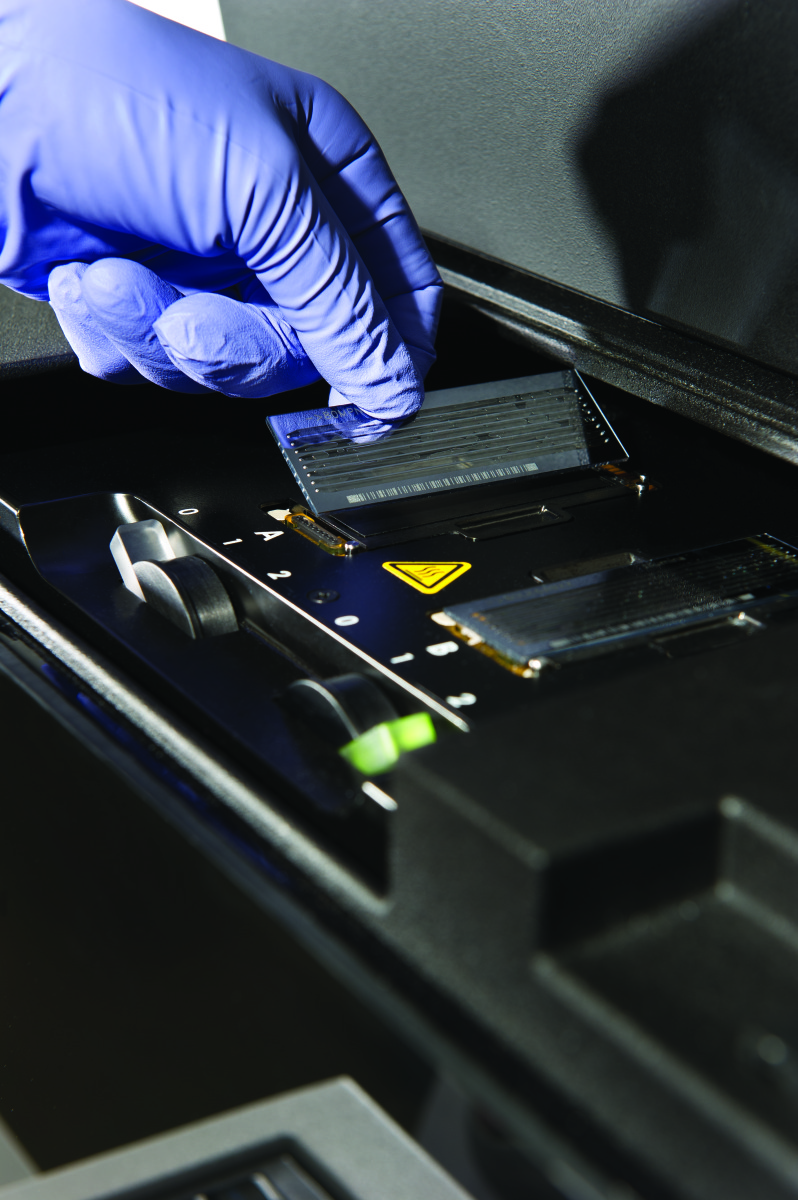
But now that's starting to change.
Just this month, David Cameron said he's backing a research project to sequence 100,000 genomes of NHS patients in England by 2018. Some experts believe this will become a national testbed for sequencing the genomes of the entire UK population.
This means that within a couple of generations, health care could be tailored to a person's unique genetic makeup
Graihagh Jackson met with Dr Mike Quail at the Wellcome Trust's Sanger Institute, where the £200 million project will be hosted, to find out how we sequence genes...
Mike - Sanger was set up around 18 years ago to do pilot work for the human genome project. Since then we've diversified and we have a number of faculty groups essentially who are looking at the function of the genome and what it does. One of the ways we do that is by DNA sequencing. We sequence the genomes from people who have diseases and people that don't have diseases and try and find those bits of the genome that do confer disease. One of the first steps in the process of genome sequencing is getting DNA. And so, we're about to do a very simple experiment to get DNA out of a human being.
Graihagh - Let's get started. So, what do you want me to do first?
Mike - First of all, because this is a lab, we can't put anything in the mouth, so we're going to go outside and we're going to swirl a salt solution around the mouth. You're going to do that because I don't like the taste of salty solution. Just a swirl or two, if it is clear, you can spit into that.
Graihagh - I'll take that. So, salty solution, in it goes. That's horrible. So now, that contains bits of my DNA.
Mike - This contains a suspension of cells from your mouth, both human cells from the inside of your cheek, but also lots of bacterial cells, so you could get quite contaminated results from mouth swirls. So, we have our mouth swillings. We're going to add some common-or-garden washing up liquid. Roughly 3 parts of washing up liquid to one part of mouth swill and we give it a good mix.
Graihagh - So, what you've got now is a very frothy sample.
Mike - And the detergent in the washing up liquid should release the DNA and now, in order to see the DNA, we're going to precipitate it using some ethanol.
Graihagh - What is it that the ethanol does?
Mike - This will mean that the DNA will come of solution and it will form a white milkiness, so white strands within the tube and that is our DNA.
Graihagh - It's my DNA.
Mike - It's your DNA, congratulations!
Graihagh - And now that we've got the DNA, what's the next step?
Mike - So, the first thing we do is we break that DNA down to small bits and we sequence it as the small bits and then put together that jigsaw on the computer after the sequencing.
Graihagh - Can we go and look at the sequencing instruments?
Mike - Everyone wants to do that. So, we'll go in. Knock Knock. Here we are. Here, we have an array of sequencing machines and these can sequence human DNA samples in a small number of days for around $1,000 US per genome.
Graihagh - And these machines actually look a bit like very sophisticated fridges with lights streaming across them. They look very futuristic, very Star Trek if I may say.
Mike - Yeah, a bit like Knight Rider as well.
Graihagh - How much is processed here?
Mike - So, we sequence around 10,000 samples per month. That's a mixture of bacterial samples as well as human and other genomes such as mouse and zebra fish. The DNA itself is double-stranded and by that, it's a bit like a ladder. So, a ladder will have two uprights and some rungs. In DNA, those uprights we call strands are the backbone and the rungs are a number of special bases that are either A, C, G, or, T. And it's the sequence of those bases that gives the DNA its function and is able to code for whether you got blue eyes, or brown eyes, or whether you got a certain disease or not.
Graihagh - What range of information could they glean from this DNA sequence?
Mike - There are lots of promise around using DNA sequence for personalised medicine for diagnosis of disease, for early risk prediction through to pharmacogenetics where for example, you might be able to work out whether they've got proteins which are susceptible to certain drugs or not. And if we could predict which people those drugs will work in, we will have a much bigger bank of pharmaceutical agents to work from.
Graihagh - Do you think it's going to become the norm in the future and if so, when?
Mike - Very slowly, the human reference genome is being put to use. We can use the presence of the sequence to devise tests to test for the presence of certain diseases, certain genes which cause disease and these can serve as good predictors that can inform clinical decisions. More and more in medicine, DNA sequencing is likely to be used over the coming years, particularly after large scale projects like the 100,000 genomes project. Potentially at some stage, everyone could have their genome sequenced.
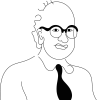
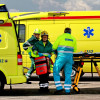


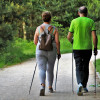
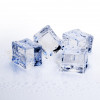

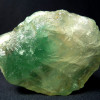
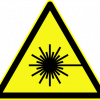
Comments
Add a comment